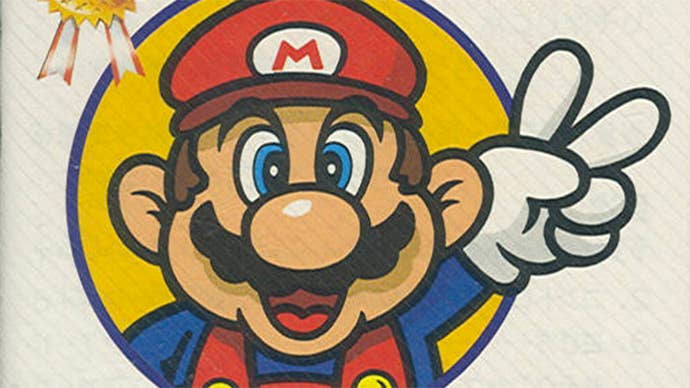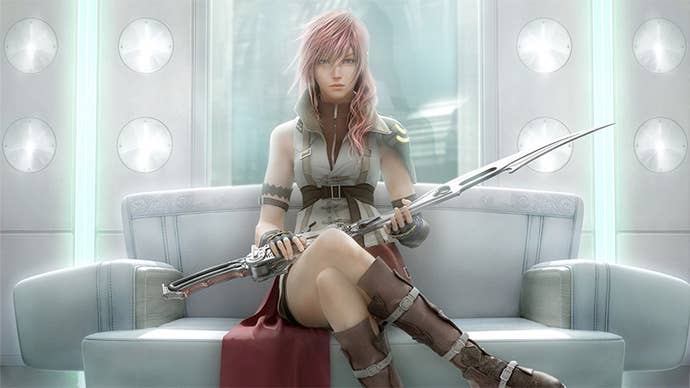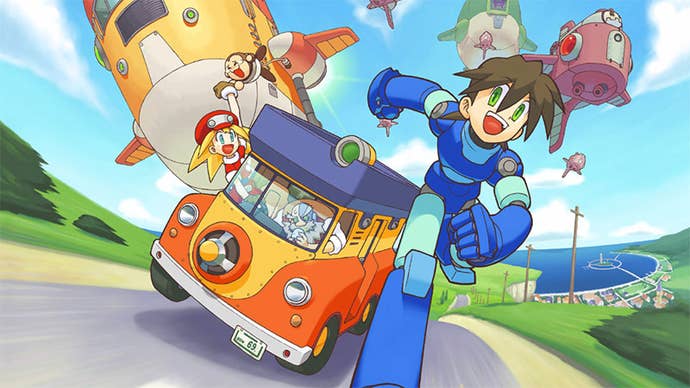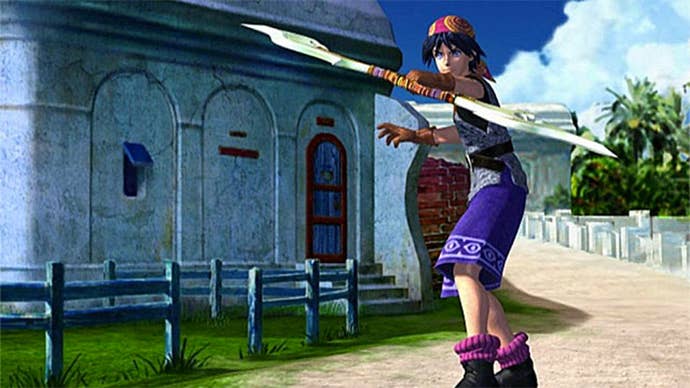Five Divisive Video Game Sequels
Whether you love 'em or hate 'em, one thing is clear: These strange sequels really made a name for themselves.
This article first appeared on USgamer, a partner publication of VG247. Some content, such as this article, has been migrated to VG247 for posterity after USgamer's closure - but it has not been edited or further vetted by the VG247 team.
The video game sequel stands as one of the hardest things to get right. Stick too close to what the last game offered, and you risk boring people with an all-too-familiar experience. Veer too far away from the established formula, and you may end up alienating those who made a sequel possible in the first place.
Of course, there's no pleasing everyone. And that's certainly the case with the following sequels, which, for the most part, act as the black sheep of their respective series. Other examples of this phenomenon may exist, but these five games have undoubtedly caused the most vicious and unnecessary Internet arguments—and isn't that what our hobby is all about?

Super Mario Bros. 2 - Famicom - 1986
Stop me if you've heard this one: Our version of the NES' Super Mario Bros. 2 wasn't a Super Mario Bros. game at all—instead, Nintendo adapted an existing game, Doki Doki Panic, into an unusual sequel with a distinctly Arabian bent. Japan's SMB2, on the other hand, took the form of an uber-hard expansion pack (of sorts) intentionally designed for those who mastered the original: The box even features the phrase "FOR SUPER PLAYERS." And it certainly is: this version of Super Mario Bros. 2 sets out to kick you in your most sensitive bits with its devious—and often, completely unfair—level designs.
America wouldn't get their hands on this game until it appeared as "The Lost Levels" in 1993's Super Mario All-Stars, and, by that point, Super Mario for Sadists only served as a novelty that flung curious players around like a mechanical bull. Though it's always a shame when games don't leave Japan, Nintendo made a wise choice with their original decision to quarantine this nightmarish adventure through the Mushroom Kingdom.
Metal Gear Solid 2: Sons of Liberty - PlayStation 2 - 2001
After the critical and financial success of 1998's Metal Gear Solid, creator Hideo Kojima basically had the freedom to do anything. And these circumstances completely explain the contents of Metal Gear Solid 2, a sequel engineered to specifically avoid meeting fans' expectations. Sons of Liberty didn't deviate so far from its predecessor for the sake of provocation, though: Kojima intentionally misled the press as part of MGS2's central message about the power of misinformation. In what stands as an unprecedented act of puppetmastering, players entered the game thinking it would be another Solid Snake adventure, only to have the rug pulled out from under them a few hours in with the introduction of a new character who would play the protagonist until the end.
An absolutely brilliant act of subterfuge on Kojima's part, but those who invested $50 expecting a completely different experience weren't all that impressed. (Luckily, this all happened back when social media was just a glimmer in Mark Zuckerberg's eye.) At the time, many assumed Metal Gear would never recover, but the series bounced back with Snake Eater, which established the fiction practically all future sequels would follow. As of this writing, Kojima has yet to be demoted to Konami's Custodial Services division.

Final Fantasy XIII - PlayStation 3/Xbox 360 - 2010
Nearly five years into the last console generation, it finally happened: Final Fantasy entered the world of HD graphics. This constantly delayed sequel did a great job of leading players down a series of beautifully rendered tubes, but many veterans of the series disliked how XIII didn't trust them as previous installments did. The battle system put a unique spin on enemy encounters by automating the most obvious choices, but XIII's overreliance on tutorials tested the limits of even the most patient players. And it didn't help that the game's "fugitives on the run" premise seems to have been written to justify XIII's structure, which provides a fragmented tour of HD assets with no sense of continuity to stitch them together. (Unless you're willing to pore over the volumes of text available in XIII's Datalog—but please don't.)
Square-Enix definitely learned their lesson with XIII, and the game's two follow-up served as mea culpas for their original mistake—and, yes, a way to recoup their losses on XIII's costly development. Even though XIII-2 and Lightning Returns saved the reputation of XIII, it's still a game that's almost impossible to feel indifferent towards.

Mega Man Legends - PlayStation - 1998
Several series belly flopped when forced to adapt to a new generation of polygonal graphics, so it's easy to see why critics were so cagey about Capcom's Mega Man Legends. It barely resembles the 8 and 16-bit games at all, but that stands as its defining quality: Instead of clumsily forcing the old Mega Man game play into a setting with an X-axis, Capcom molded their famous series into a new form that would work better with the limited 3D capabilities of the PlayStation. This unexpected approach—which feels like Mega Man meets Ocarina of Time—absolutely baffled critics at the time, who seemed particularly annoyed that Mega Man didn't start the game with his iconic helmet. If they had accepted Legends' differences as a bold new direction for the series—which had been treading water for years at that point—these naysayers would have fallen in love with this Miyazaki-inspired open-world action-RPG.
Despite low sales, Capcom tried to make Legends work a few times with a sequel and a spin-off, but this inventive series proved just too different for players expecting the same fast-paced 2D action of the original games. Tragically, Capcom almost gave Legends another go over a decade later before unceremoniously killing it once again due to what they perceived as a lack of demand. In case you were wondering, life isn't fair.

Chrono Cross - PlayStation - 2000
Chrono Cross is a fine RPG, but if you judge it purely as a Chrono Trigger sequel... Yeah, it's not perfect. Instead of following up on the events and characters of the first game, Cross chooses to forge a completely different path, one that mostly treats the events of Chrono Trigger as a catalyst for this new adventure. If you're looking to find out what happened to Chrono and the gang, prepare to be disappointed: In an entirely audacious move on Square's part, Cross kills off the original's well-rounded cast of oddballs, and replaces them with over 40 recruitable character who range from inspired (like the Mexican wrestler, Greco) to irredeemably lame (like Funguy, the unspeakably eerie human/mushroom hybrid).
Even if it isn't a faithful sequel, Cross still has plenty to offer, like a tremendous soundtrack, a great battle system, and some of the best graphics you'll ever see in a PlayStation game. Still, this Chrono Trigger follow-up probably would have done less damage to the brand if it excised its superfluous ties to the original and went with a different title altogether. It's completely unfair to blame the death of Chrono games on Cross' deviations, but you have to wonder if the series would still be alive today if this first sequel didn't dare to be so different.
